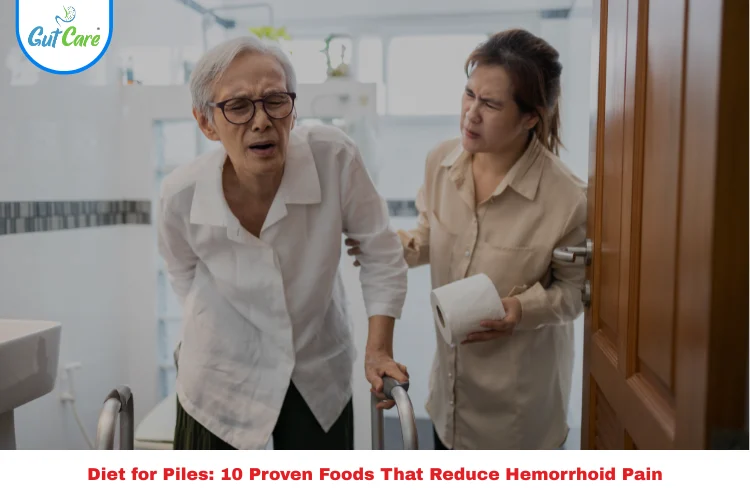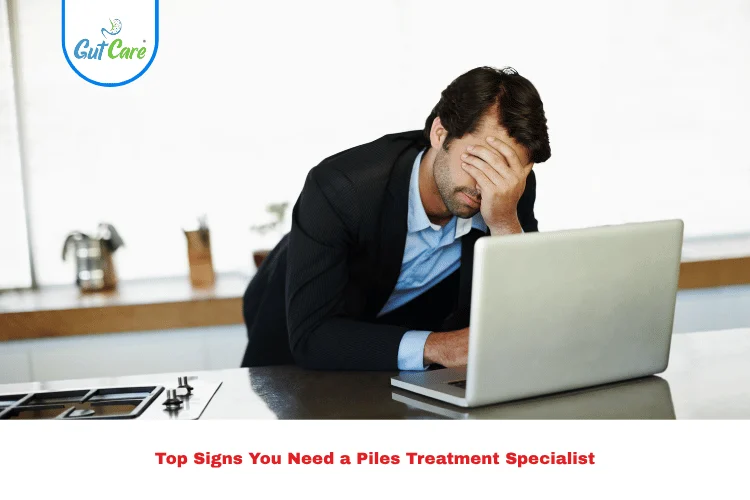If you’re struggling with hemorrhoids and want to feel better naturally, paying attention to your diet for piles can truly be a game changer. Piles often bring pain, itching, and discomfort around the anal area—but with the right foods and smart daily habits, you can ease symptoms and prevent them from coming back.
In this easy-to-understand guide, you’ll learn how to build the best diet for piles, why a proper piles diet chart matters, and how small adjustments to what you eat can make a big difference in your comfort and healing.
What Are Piles and Why Does Diet Matter?
Piles, or hemorrhoids, are swollen veins in and around the anus and rectum. They’re commonly caused by things like constipation, straining during bowel movements, or even sitting too long. Since your diet plays a huge role in your digestion and how easily you pass stool, following a proper diet for piles patient is key to feeling better.
A well-balanced eating plan helps soften your stool, prevents pressure during bathroom visits, and gives your body the support it needs to heal.
What Should a Diet for Piles Include?
Here’s what makes a good diet plan for piles patient:
1. High-Fiber Foods
Fiber is the real hero here. It bulks up your stool and makes it easier to pass—no straining required.
- Whole grains: brown rice, oats, barley
- Fruits: apples, papaya, pears, berries
- Vegetables: carrots, spinach, broccoli, peas
- Legumes: lentils, chickpeas, kidney beans
- Seeds: flaxseeds, chia seeds
2. Stay Hydrated
Water helps fiber do its job properly. Aim to drink 8 to 10 glasses a day to keep your digestive system moving smoothly.
3. Natural Stool Softeners
Certain fruits like prunes, figs, and papaya work as gentle natural laxatives. Add them to your meals—they’re a great support to any piles diet chart.
Foods to Avoid in a Diet for Piles
Some foods make things worse. Try to stay away from:
- White bread and ultra-processed foods
- Too much red meat
- Fried, greasy foods
- Spicy and very acidic items
- Excess caffeine and alcohol
These can irritate your digestive tract or lead to dehydration, making your symptoms worse.
Sample Diet Chart for Piles Patient
Here’s a simple daily routine you can follow:
| Meal | What to Eat |
|---|---|
| Breakfast | Oatmeal with flaxseeds and a banana |
| Mid-Morning | A bowl of papaya or an apple |
| Lunch | Brown rice, lentil curry, and steamed vegetables |
| Snack | A handful of soaked almonds or roasted chickpeas |
| Dinner | Quinoa salad with veggies and grilled chicken or fish |
| Before Bed | Warm turmeric milk or a calming herbal tea |
This diet plan for piles patient combines fiber, hydration, and variety—exactly what your body needs for recovery.
Lifestyle Habits to Pair with a Diet for Piles
Food isn’t the only factor. These simple habits will make your diet for piles even more effective:
- Get daily movement—try walking or yoga
- Avoid sitting for too long (especially on the toilet)
- Go to the bathroom when the urge strikes—don’t wait
- Clean gently after using the toilet
- Use breathing exercises or meditation to reduce stress
Why Sticking to the Best Diet for Piles Really Matters
Choosing the best diet for piles isn’t just about managing pain—it’s about keeping it from coming back. If you ignore what you eat, symptoms could worsen or lead to complications like bleeding or thrombosed piles.
Eating fiber-rich foods, drinking plenty of water, and avoiding irritants can help you manage piles naturally—without always needing medication.
Final Thoughts on Diet for Piles
Building a healthy diet for piles with the right mix of fiber, water, and easy-to-digest meals is one of the smartest ways to manage hemorrhoids. When you add in simple routines like regular exercise and good bathroom habits, you’re not just treating symptoms—you’re preventing them too.
Your personalized piles diet chart, combined with consistent lifestyle changes, can help stop piles from turning into a long-term problem.
Book your appointment and visit us today!
FAQs About Diet for Piles
1. How soon will I see results?
If you stick to your new diet, many people feel better in about a week or two.
2. Can I eat spicy food every now and then?
It’s best to avoid it, but a little spice might be okay if it doesn’t trigger your symptoms.
3. Why is water so important?
Because it helps fiber do its job—keeping your stool soft and easier to pass.
4. Do I need fiber supplements?
Not always. A balanced diet for piles patient usually provides enough, but your doctor might recommend something like psyllium husk if needed.
5. Can I manage piles with lifestyle changes alone?
They definitely help, but diet is essential. Without it, you may still struggle with hard stools and strain.




